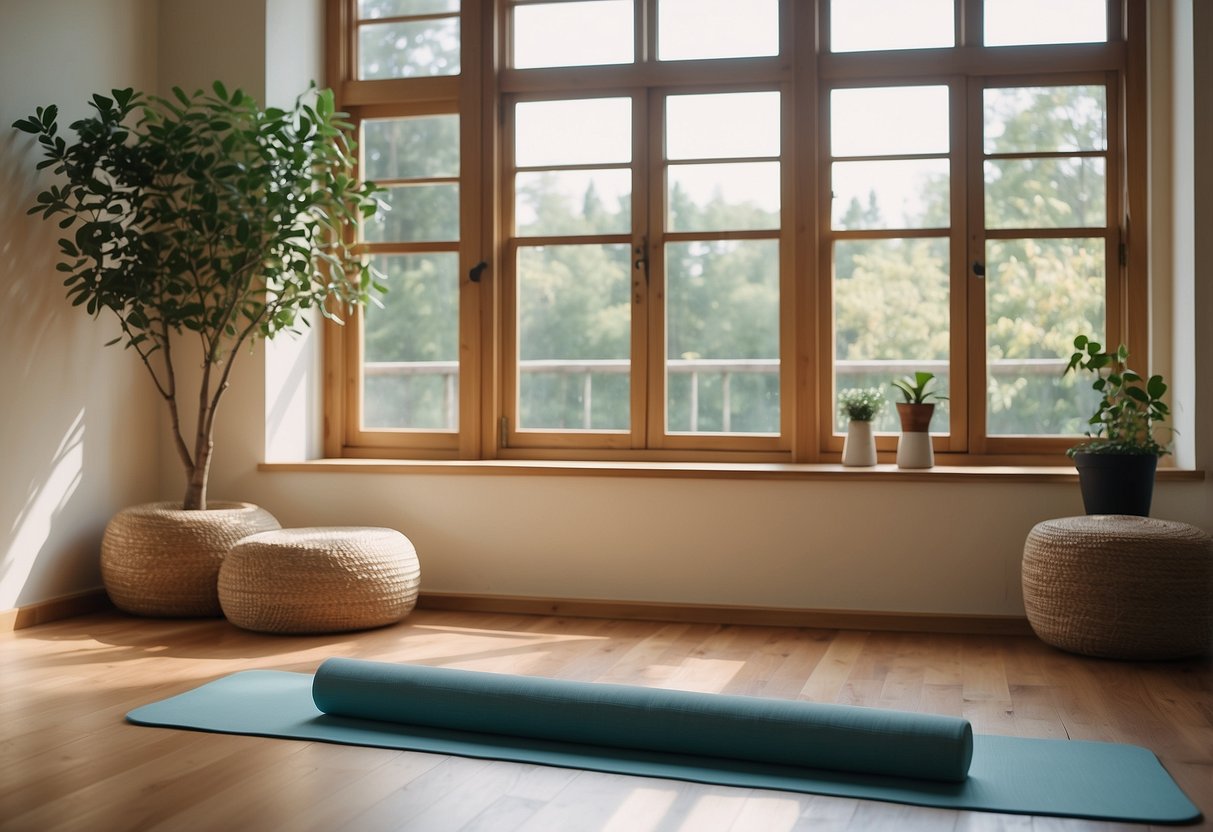DIY Yoga for Beginners: Essential Poses and Practices to Get Started
Yoga offers a multitude of benefits for both the body and mind, making it a fantastic wellness practice for people at any fitness level. Whether you’re looking to improve flexibility, reduce stress, or just find a new way to stay active, DIY yoga can be an excellent starting point. Understanding a few fundamental poses and practices can make your introduction to yoga smooth and enjoyable.
Starting with foundational poses allows beginners to build strength and balance gradually. Simple poses such as Mountain Pose, Downward Dog, and Child’s Pose are easy to learn and provide a solid base for expanding your practice.
Consistency is key to experiencing the full benefits of yoga. Setting aside just a few minutes each day for practice can lead to significant improvements in physical and mental well-being.
Understanding Yoga: History and Benefits
Yoga traces its roots back over 5,000 years to ancient India. Originating as a spiritual and philosophical practice, it has evolved into a popular form of physical exercise and mental well-being.
The term “yoga” comes from the Sanskrit word “yuj,” which means to unite or integrate. This concept involves harmonizing the body, mind, and spirit.
Early texts like the Vedas, Upanishads, and the Bhagavad Gita contain references to yoga practices and principles. Patanjali’s Yoga Sutras, written around 400 CE, are among the most significant works, outlining the eight limbs of yoga.
Practicing yoga offers numerous physical benefits. It helps increase flexibility, build muscle strength, and improve posture. Additionally, yoga can enhance respiratory function through controlled breathing techniques and benefit cardiovascular health.
On the mental side, yoga promotes relaxation and stress reduction. Techniques such as meditation and mindfulness play a key role in calming the mind. Regular practice can improve focus, concentration, and emotional resilience.
Yoga is also known to foster a sense of community and connection when practiced in group settings. Individuals often find improved self-awareness and a stronger mind-body connection through consistent practice.
Preparing for Your Yoga Journey

As you begin your yoga journey, it’s important to set clear intentions, create a dedicated practice space, and gather essential equipment to support your practice.
Setting Intentions
Before starting, think about why you’re drawn to yoga. Whether it’s for physical health, mental peace, or a blend of both, having a clear purpose will guide your practice. Reflect on your goals and write them down. These intentions can help keep you motivated and focused.
Making a habit of setting intentions at the beginning of each session can also deepen your practice. For example, dedicating a session to gratitude or mindfulness can shift your experience. Regularly revisiting and adjusting your intentions is key. This practice ensures they continue to align with your evolving needs and goals.
Creating Your Practice Space
A designated yoga space helps cultivate a conducive environment for practice. Choose a quiet, comfortable area with enough room to move freely. Natural light can enhance the atmosphere, but ensure privacy and minimize distractions like noise or interruptions.
Consider keeping this space tidy and inviting. Using soft elements like cushions or blankets can add to the comfort. Aromatherapy or calming music can also enhance the ambiance. Maintaining a clean and dedicated space reinforces the importance of your practice, making it easier to commit to regular sessions.
Essential Yoga Equipment
Investing in foundational yoga gear can significantly enhance your practice. A good-quality yoga mat provides stability and cushion. Look for nonslip mats for safety. Yoga blocks and straps are useful, especially for beginners who may need support or assistance in certain poses.
Comfortable clothing is crucial. Choose attire that allows freedom of movement and breathability. Water bottles, sweat towels, and perhaps a yoga bolster for added support in restorative poses can also be beneficial. Having this equipment ready encourages consistency and ensures you can fully engage in your practice sessions.
